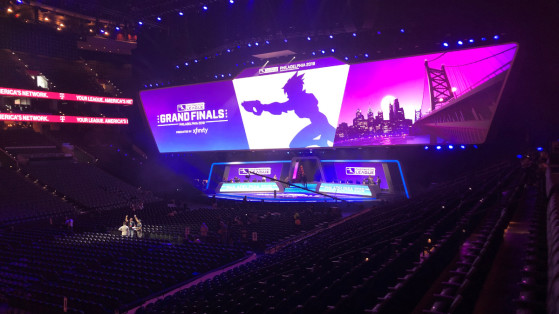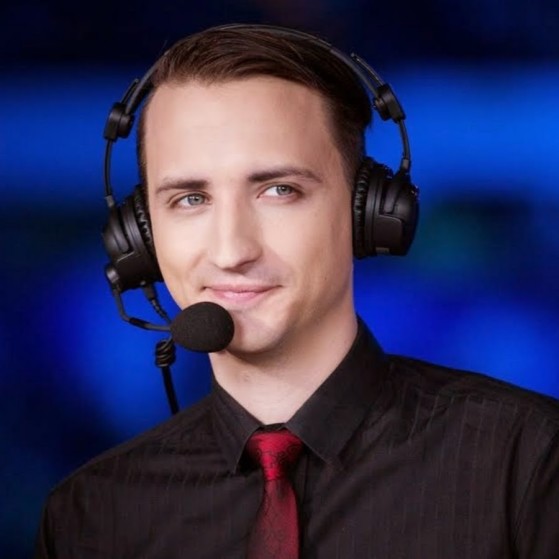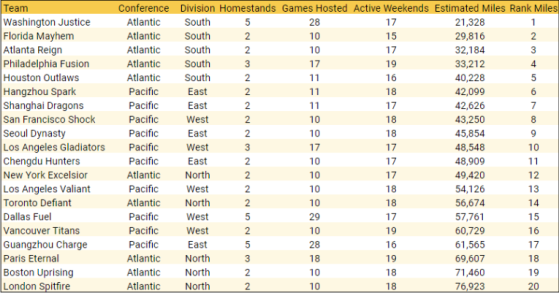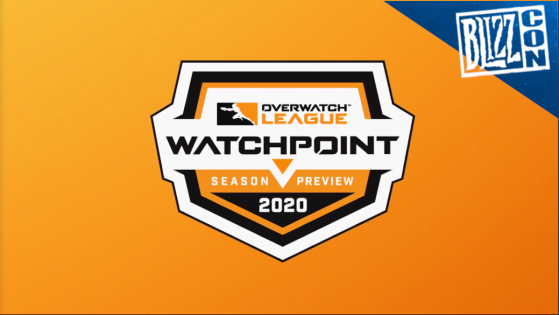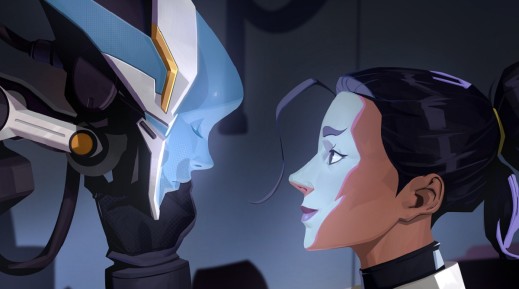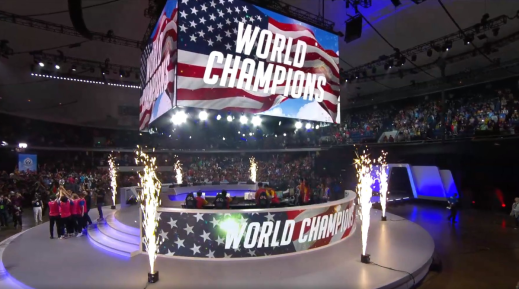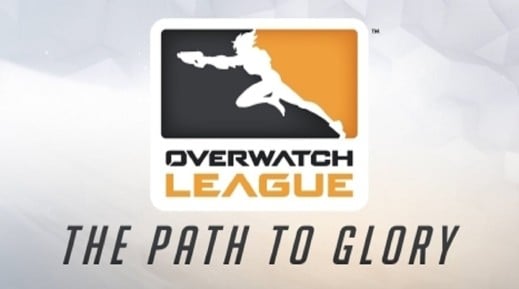The third season of the Overwatch League is approaching, and many questions about the future of the league are already being asked. Several significant personalities have departed the OWL, both on the professional side and staff side — analyst Custa and caster Jake spring to mind in the former, caster Christopher "MonteCristo" Mykles and host Chris Puckett on the latter.
Departure announcements from professional players departures have also been quite numerous — just recently Jonas "zappis" Alakurtti, for example. Others are sceptical about their future in the Overwatch League, such as French player Dylan "aKm" Bignet, who explained in an interview that there was a good chance he would leave the League after this season.
OWL Season 3 is likely to be a pivotal period for the future of the esport, and especially for Overwatch. If the new formula of home matches works and is a success, the bet will be won for Blizzard — who will then be able to continue to develop its model. This could end up attracting more and more spectators and sponsors. On the eve of the competition, things seem to be rather fragile, and a survey by our colleagues at Invenglobal.com seems to confirm this.
The new Overwatch League teams have had to spend no less than $60 million to buy their spots, and compared to the original teams' $20 million investments, the difference is huge. At the same time, in order to integrate the League of Legends Championship Series, Riot Games 'only' asked for an investment of $30 million for the most recent slots. The OWL is very expensive, and may even be too expensive for its own well-being...
Last May, one departure severely affected the firm: that of Nate Nanzer, the League commissioner, who left to develop the Fortnite competitive scene. Now it's time for new departures, with MonteCristo and Chris Puckett bringing the health of the league back to the forefront.
Christopher "MonteCristo" Mykles is a talented caster, and his departure will strongly affect the US cast. With nearly 15 years of experience and an early career in Warcraft III, he was one of the main figures in the Overwatch League. His reasons for leaving include irreconcilable differences with the League, both creatively and philosophically, since Nate Nanzer's departure.
After his departure, those of Custa and Jake — who still join the WatchPoint team as casters and analysts — mean morebig names in the Overwatch League are on their way out.
The game remains very similar to what it was at the end of last season. The 2-2-2 — also called Role Lock — has changed things, putting DPS back at the forefront, but it has also had the effect of limiting compositions. The lack of novelties, combined with Blizzard's difficulties in balancing the game quickly and efficiently — the double-shield meta was nerfed recently with Patch 1.43 being a perfect example — are slowly affecting the game.
The issue of the economic bubble in esports was revived with these departures. The gamble is huge for companies entering esports, and the question is whether they can really become profitable. The chances that these companies won't be able to earn back their initial investment and end up making money are far from negligible.
The colossus seems to have feet of clay. In order to function, it needs to keep a maximum number of spectators and attract a maximum number of sponsors in the long term. The departure of leading figures in this context isn't really reassuring — without being a direct sign of issues. By creating a local market, by bringing the matches to the teams' cities, the OWL is making a very good move, but it could well be too hasty, as the teams may not have had time to make themselves known to their local public.
On the travel side, teams won't be spared, especially since players will have to play on different continents throughout the year. The big question is also about the quality of travel. ESPN journalist Tyler Erzberger announced figures comparing the OWL to the NBA. Be aware that NBA players travel within a single country: the USA, while the OWL will be present in Europe as well as in Asia and America!
The Los Angeles Lakers are expected to travel approximately, 65,000 km next year. In comparison, the London Spitfire is expected to travel nearly 122,000 km! That's almost twice as much. We must be very careful with this figure which remains quite consistent in an international logic. On CounterStrike Global Offensive, the journeys are even longer! Twitch streamer RC Tejas has calculated the distance covered by Team Liquid this year and posted it on Twitter. Note that some destinations may have been forgotten or aren't known, which could raise the result even higher. With more than 150,000 km, it's nearly 28,000 km more than for the OWL!
Another thing that can be noted in this table is that not all OWL teams are accommodated in the same way when it comes to travel. The South Atlantic Conference teams will travel the least with less than 35,000 km (less than the NBA).
One question that may be raised is based on the quality of the flights. If NBA players travel on private flights with a high standard, for the moment we don't know how OWL players will travel. We can assume that the quality of the flights will be lower for some of the teams, making travel less comfortable for the players.
The ambitions are huge, and if Blizzard manages to lead the league as high as it wants to, it could represent an important milestone for the future of esports. However, the slightest mistake could be fatal and cost it dearly.
